Two Weeks Under the Sea
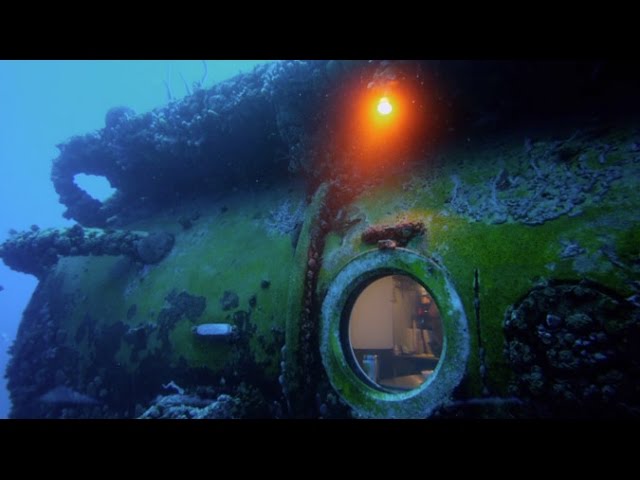
Under the Sea
Aquanauts study the health of marine organisms—by becoming their neighbors.
As humans, we have always been fascinated by the ocean’s mysteries.
Our planet’s vast and largely unexplored underwater world has captivated the attention of scientists, artists, and adventurers alike. In recent years, technological advancements and increasing public interest have led to a plethora of deep-sea expeditions, each with its own unique discoveries and insights. Among these was the pioneering two-week-long underwater research mission, known simply as “Two Weeks Under the Sea.”
Organized by global non-profit Reefscape, the mission aimed to study reef systems and biodiversity within the Benham Rise, a massive underwater plateau located off the coast of the Philippines. The team consisted of marine biologists, oceanographers, and underwater photographers, all working together to document the previously unseen marine life within the area.
The team spent two weeks living in a specially designed underwater habitat called the Ocean Space Habitat, which was anchored to the seafloor 60 feet below the surface. The habitat provided much-needed shelter and space, with five separate living chambers and a central living and laboratory area. The team was able to conduct studies and experiments continuously without the need for scuba diving, saving time and effort usually required to resurface and return to the vessel above.
During the mission, the team was able to discover and document countless species of marine life, including new varieties of coral, crustaceans, and fish. The vast array of biodiversity further underscored the importance of protecting and preserving our oceans for future generations.
But the mission also highlighted the challenges facing our ocean’s health, particularly in the face of climate change and human activity. The team observed the devastating effects of coral bleaching and other forms of damage caused by human impact on the environment. These insights shed critical light on the importance of conservation efforts.
Furthermore, the mission provided valuable information on the potential of underwater habitats as a solution for further oceanic exploration and even deep-sea colonization. With space exploration and colonization becoming an increasingly hot topic, undersea habitats are emerging as a viable alternative, as they offer a relatively accessible and safe environment for extended human habitation.
In conclusion, the “Two Weeks Under the Sea” mission has been hugely informative and enlightening. It has added significantly to our understanding of our planet’s underwater ecosystems, as well as the possibilities of human exploration and habitation. Most importantly, it has underscored the critical importance of ocean conservation, and the pressing need to protect our vast and beautiful underwater world.
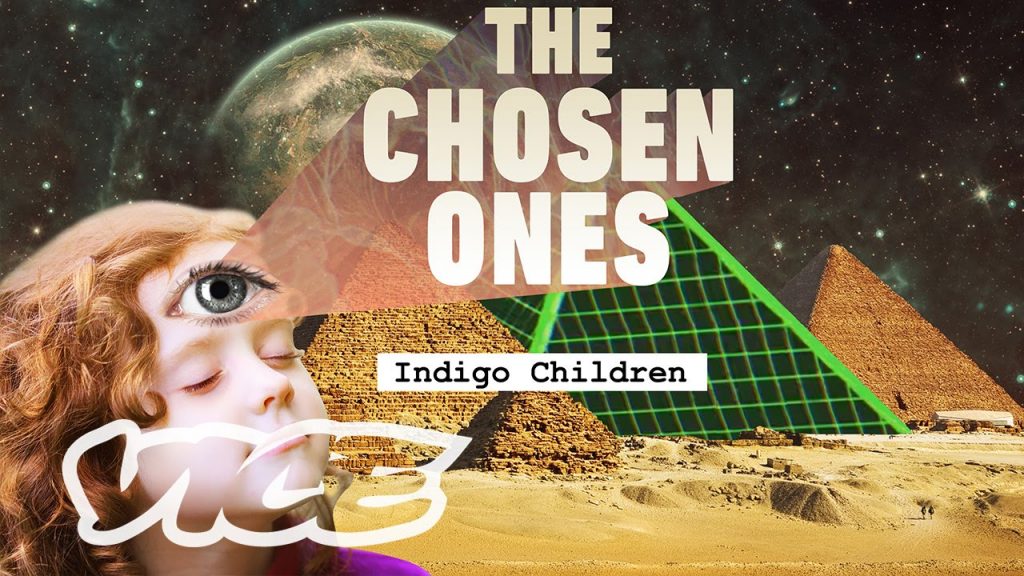
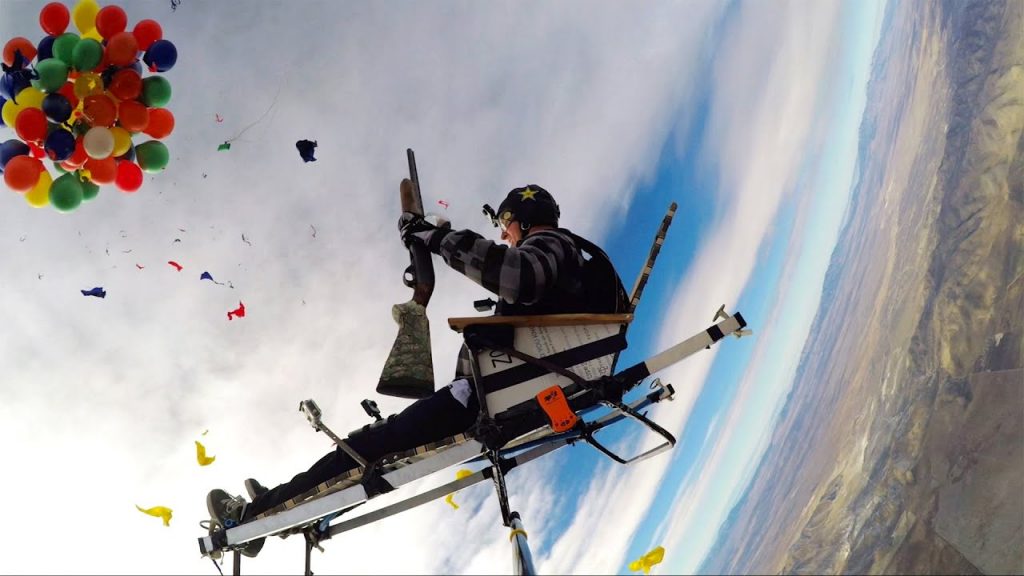
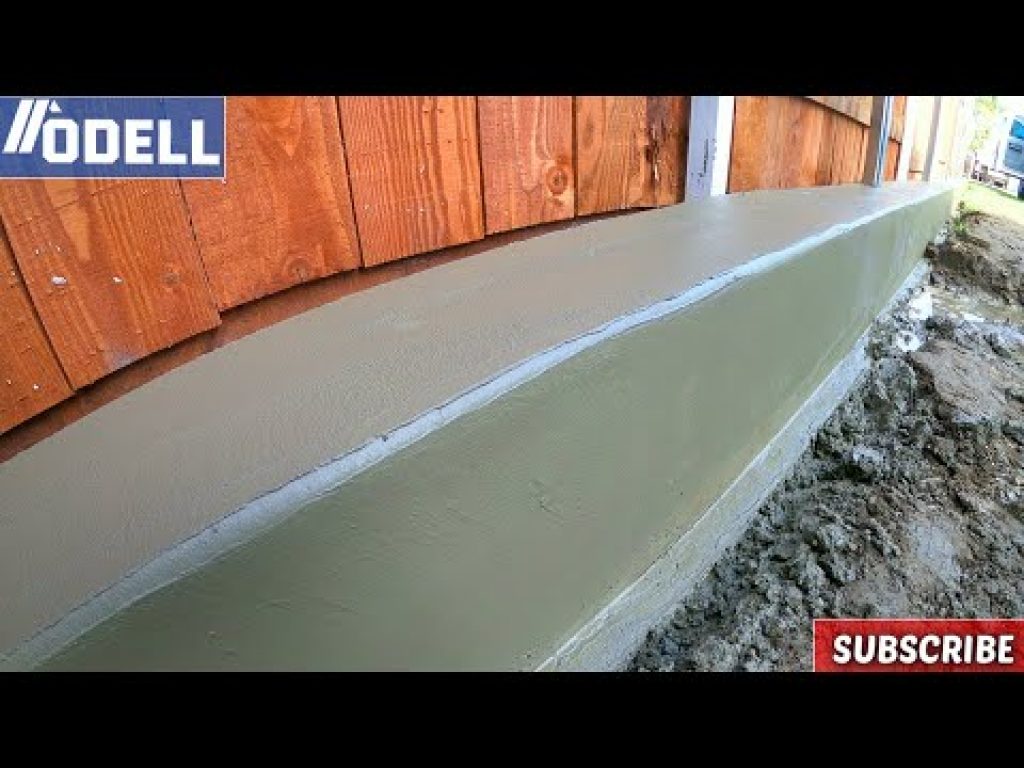
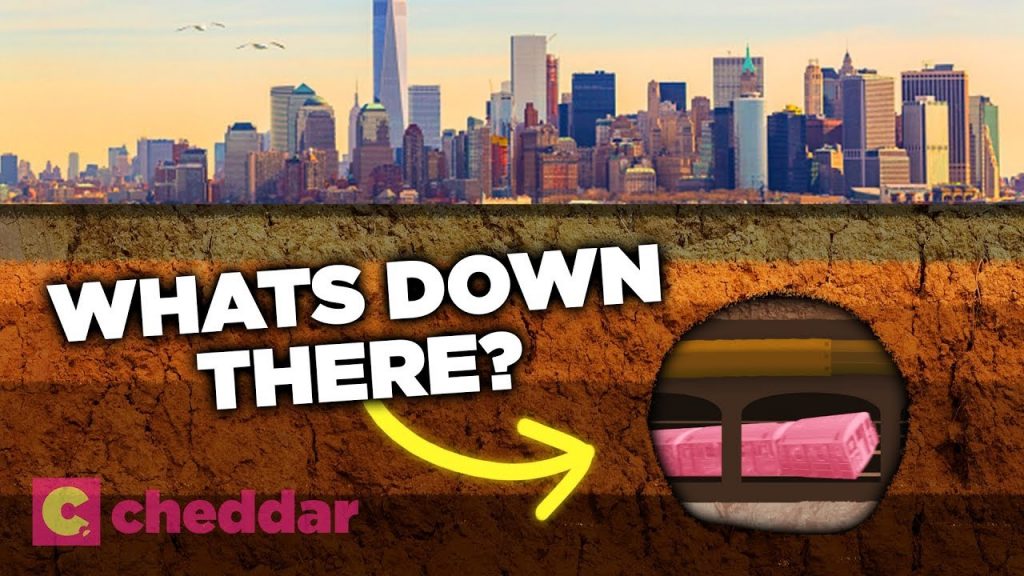


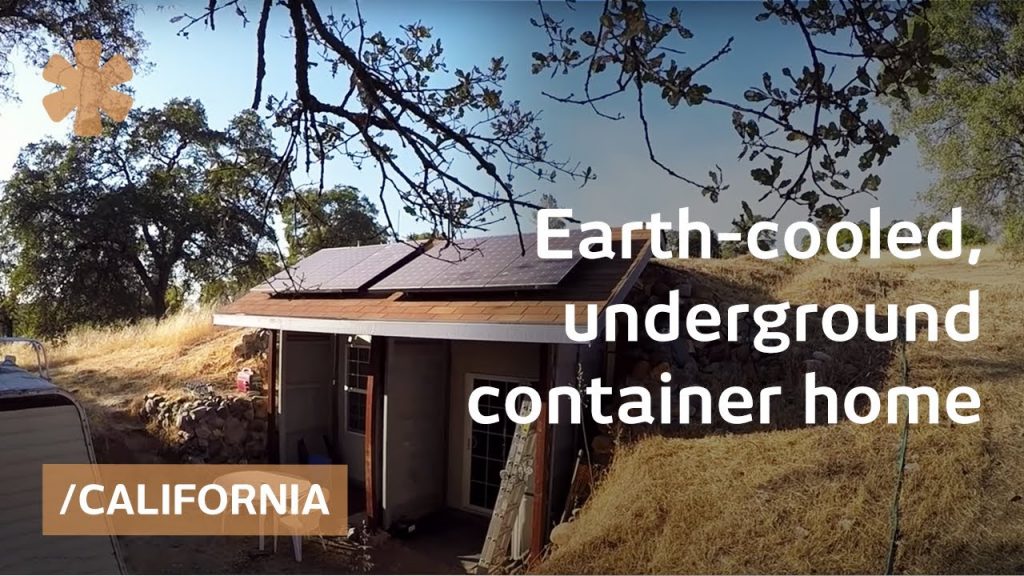


Harvesting Honey From A FLOW HIVE & Thoughts & Impressions of the Flow Hive
Swimming with MONSTER Sharks Got Us BIT In Montauk – Barstool Outdoors Ep. 4
Why Escobar’s Hippo Legacy Still Haunts Colombia
Fishpeople | Lives Transformed by the Sea
Family of 5 Living Off-Grid | BOAT ACCESS ONLY